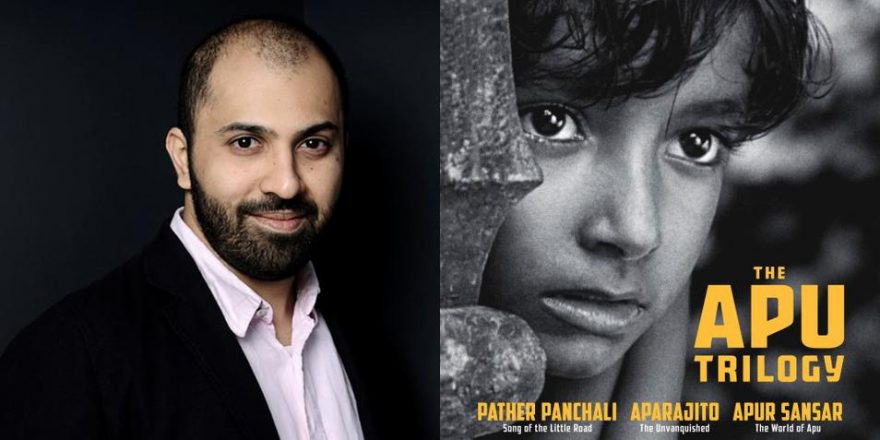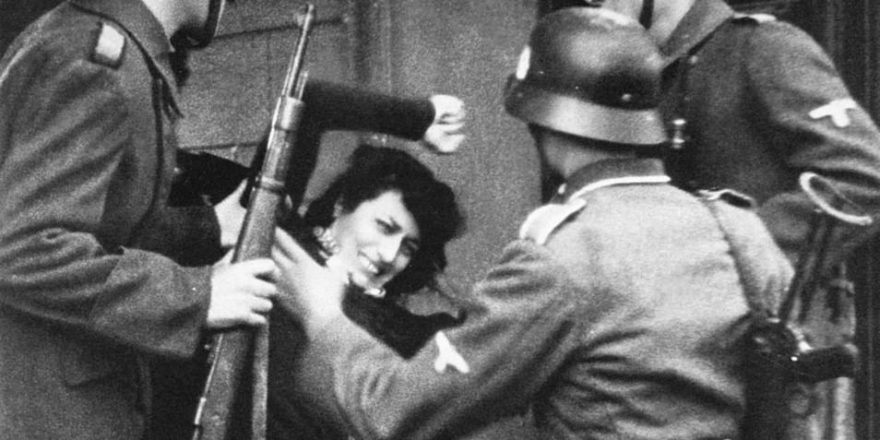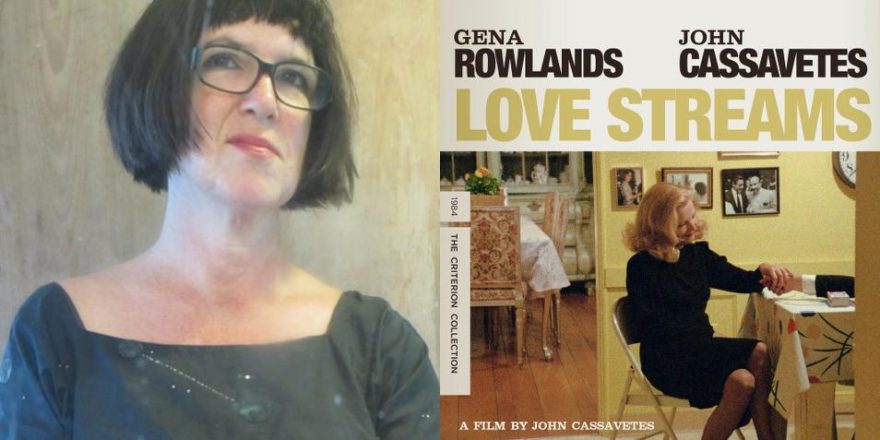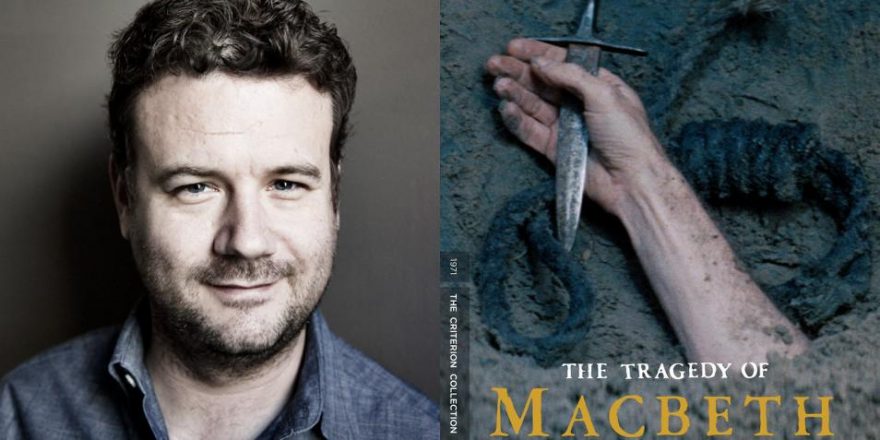The first thing you notice is that damn zither.
Not just because the music is so beautiful and distinctive (it is both), but because the strings of the instrument — in all their fluttering glory — are the first image of the film as well. Under the credits, the theme music of The Third Man plays and plays, and it immediately feels like something new. For the most part, it is. I can’t say for sure that a zither was never used as part of a musical score for a movie before Carol Reed decided to dip his movie in the sounds of this instrument, but I know for sure one was never again employed to such effect as the one used by Anton Karas, a local Austrian musician Reed utilized as his composer after hearing him play in a local club during the making of the film.
So, yes, there’s that zither that keeps playing every few seconds, it seems, constantly throughout the film. As a filmmaker, I’ve never been one to over-employ music as score or as source, but this film is practically wall-to-wall music. And it works. Joyful for a bit and then sad the next, the score moves in and around the images like an almost liquid thing. Rarely have score and image been married so superbly as in this 1949 gem by the great English director Reed, written by none other than the novelist Graham Greene.
A major restoration has taken place, and the film is now out there floating around the country, starting at the venerable Film Forum in New York and spreading out from there. I must say, it has never looked better. This is the kind of film that used to make us go to the pictures, to see something larger than life played out in vivid black and white (the blacks are so crushed in this film that it feels like you’re looking into the very corners of Hell itself during some of the brilliant night shots). Reed and his cinematographer Robert Krasker’s choice of “Dutch” angles (shots basically turned on their ear) and wet streets and looming shadows make this classic noir but with a twist; it’s a war picture (or, more specifically, an “after-the-war” picture) that bristles with anti-heroes and criminals, with shoot-outs in dark alleys and thrilling chases across mountains of rubble, only to end in a manhunt through the dank and endless sewers of Vienna (and Shepperton Studios, standing in occasionally for the sewers).
The Third Man feels like a classic British film (released by British Lion and produced by the great English producer Alexander Korda), but it also had a distinctly American hand involved in the production as well in the form of David O. Selznick; the result is a rare and perfect hybrid of English and Hollywood styles. Early talks for the two lead characters swirled around Cary Grant and Noel Coward and then moved on toward Jimmy Stewart and Robert Mitchum. The eventual result — Joseph Cotten and Orson Welles — now feels unbeatable, but probably only because they’re so damn good in the film that it’s hard to imagine another pairing after the fact.
From aloof to bemused to deadly to beaten, Welles takes us on a cinematic tour-de-force with his acting.And no one is better than Welles (in a cast that also includes Trevor Howard, Alida Valli and Bernard Lee) in this film. No one.
Welles owns the film, and he enters it over an hour into the picture. He doesn’t speak a word for 66 minutes or so, but his entrance—a man caught in a doorway by a light overhead — is one of the great moments in film history. Right up there with the way John Wayne enters Stagecoach or Grace Kelly suddenly just materializes in Rear Window. It is a star entrance, and for the next 45 minutes, the actor does some of the best and cleanest work he ever did on film. His influence as an actor and a writer and a director can certainly be felt onscreen — could The Third Man exist without Welles’ own Citizen Kane or The Magnificent Ambersons or The Lady From Shanghai? — and there have been conflicting reports about how much or little Welles had to do with the direction of the film and/or the screenplay, including the now infamous “cuckoo clock” speech that he gives high above Vienna on the Ferris wheel.
It doesn’t really matter. What does matter is how good every moment of his performance is, and I’m telling you, it is practically flawless. From aloof to bemused to deadly to beaten, Welles takes us on a cinematic tour-de-force with his acting. It’s the kind of work that makes you smile to yourself in the dark, without even realizing you’re doing it. That’s how I felt the night I saw the revival — like a kid again, watching the birth of something completely new and perfect.
And then there’s that last shot. A wide shot that plays out a final devastating bit of action in real time — in fact, it takes about two whole minutes in total. Just a man standing by the side of the road as a woman walks slowly toward him and then past him, without ever acknowledging that he’s there. It’s a cold, hard denouement to a chilly film. Apparently author Greene hoped that his more romantic ending would be used for the movie, but it was not to be. (To get himself in the mood for writing the screenplay, Greene wrote a novella of sorts that was eventually published following the success of the film.) Carol Reed, who makes almost no missteps along the way, decided to end the picture with this very sobering final image. Falling leaves and all.
This is the kind of film that takes your breath away. The kind that made you want to make movies in the first place. The kind that makes you curse the heavens and secretly wish that you yourself had directed the damn thing instead of that Englishman. The Third Man is a “movie” movie, and those are few and far between.
Whether you’ve never seen it or are seeing it again for the tenth time, do yourself a favor and go see The Third Man, now up on the silver screen again for a limited time. I can happily say that there is nothing else quite like it.
The Third Man: Believe the hype.







